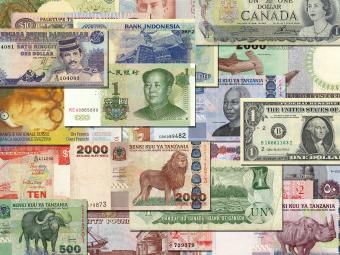-
Menu
Stay
Since the 2015–16 refugee crisis, European policymakers have eagerly sought cooperation with origin and transit countries in the hopes of stemming unauthorized migration to Europe. This approach is neither new, nor without its limitations. By examining the evolution of two longstanding Mediterranean partnerships—between Spain and Morocco, and Italy and Tunisia—this report offers insights on what has and has not worked.
Thailand has become a key destination for migrant workers, primarily from Myanmar, Cambodia, and Laos. Many lack authorization, however, and as their numbers have grown, so has the government's intent in regulating their movement—sometimes provoking unintended results. This article explores recent patterns in labor migration to Thailand and examines the likely impacts of a 2017 decree criminalizing illegal employment.
Bangladeshis in 2017 suddenly emerged as one of the top migrant groups entering Europe illegally. While Europe is a new destination, Bangladeshi labor migration has been an important part of the country's development since the 1970s, with growing numbers heading abroad, largely to the Gulf Cooperation Council countries. This article explores and contextualizes the new phenomenon of Bangladeshi migration to Europe.
In the Philippines, a pervasive culture of migration has led millions to seek opportunities abroad, particularly since an economic downturn in the 1970s. The government has long embraced exporting labor as official economic policy, but over time, the focus has shifted: first to protecting workers overseas and much more recently to linking migration and development. This article explores the evolution of Filipino migration policy and trends.
Record number of Venezuelans are emigrating to escape the country's economic mismanagement, insecurity, and shortages. This article examines the causes of the current crisis and draws from a study of thousands of Venezuelans abroad to examine who is leaving, where they have headed, and what their hopes are for the future of Venezuela. It also scopes future opportunities for diaspora engagement.
In recent years, Switzerland has become a popular destination for highly skilled migrants, including from the Senegambia region of West Africa. Meanwhile, migration also flows the opposite way with Swiss migrants heading to Senegal and The Gambia. This article compares and contrasts the experiences of these migrants at destination as well as their motivations to migrate and attitudes toward remittances and citizenship.
Having emerged from a long era of military rule, Myanmar's leaders and many citizens are looking outward. In particular, with Burmese labor migration abroad on the rise, policymakers are examining ways in which to harness remittances as a vehicle for economic development, particularly in impoverished rural areas. This article explores Burmese labor migration flows, financial reforms, and challenges on migration and development.
While Mexican women account for a significant share of migration flows to the United States, there has been little focus on their movement and effects on children in Mexico. This article, based on survey data of children in Puebla, Mexico, explores the impact of maternal Mexican migration on educational experiences and aspirations of the children left behind.

